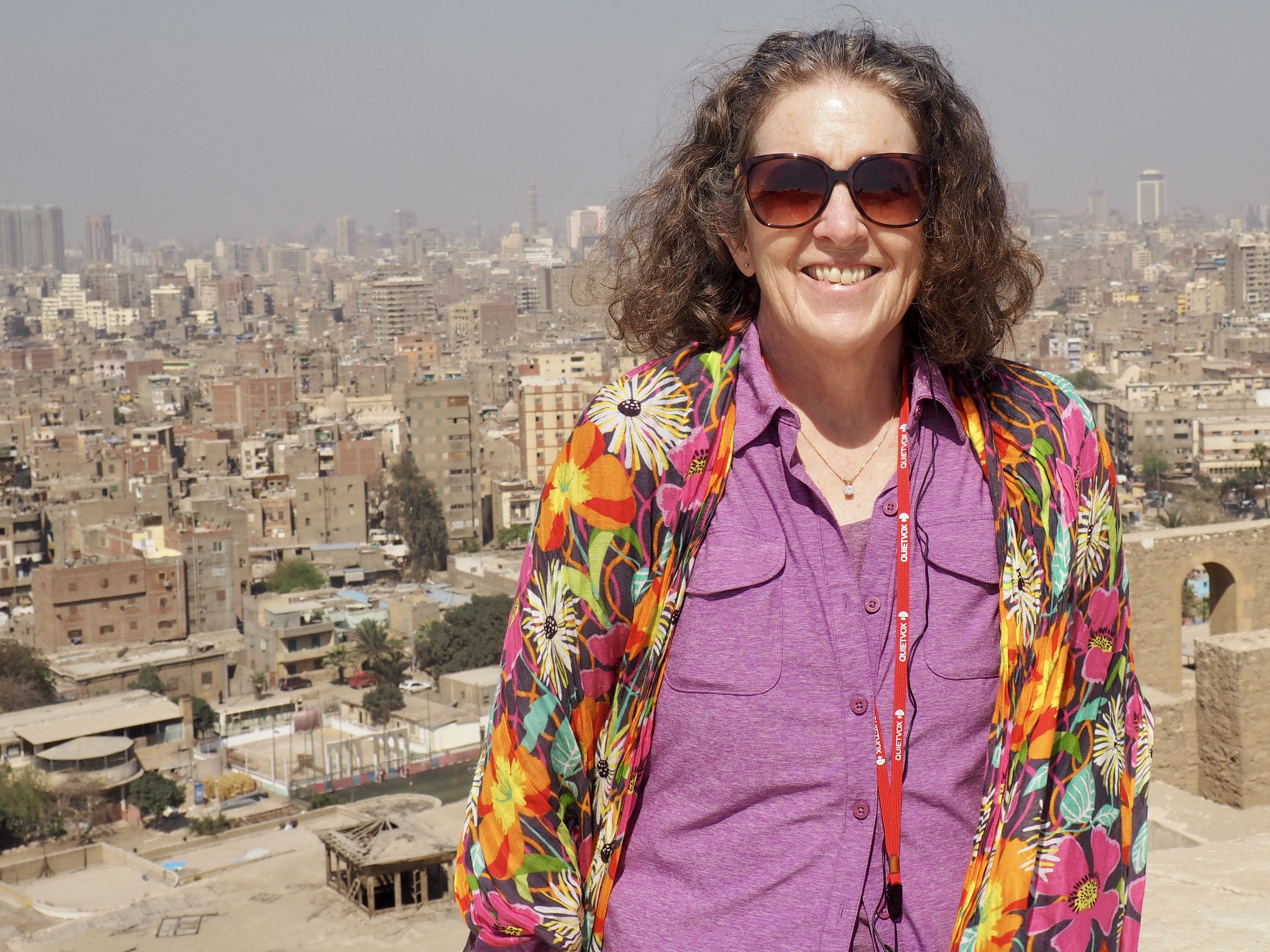
Egyptians refer to their capital as the Mother of the World and, with a population of over 20 million people, Greater Cairo is the largest urban area in both the Arab world and Africa. Since its founding in the 10th century by the Fatimid Dynasty it has been enormously influential in Islamic thought and culture and today remains a major force, including as the base for the dominant film and music industries of the Arab world.
Saladin Citadel

The Citadel boasts fortifications built by Saladin in the 12th century on Mokattam Hill in central Cairo overlooking both the modern city and the area from which the ancient Egyptians quarried stone for the pyramids and other building projects in pre-Cairo days, as Giza is not far away. Egypt was ruled from the Citadel for 700 years.

Muhammad Ali was an Albanian Ottoman and the founder of modern Egypt. After he helped expel the French from Egypt in the beginning of the 19th century, the Sultan made him Viceroy of Egypt. Through a series of brilliant military and diplomatic moves, he succeeded in establishing himself as the founder of a hereditary dynasty that ruled Egypt until 1952 and the rebellion against monarchic rule that brought Gamal Abdel Nasser to power (following the brief Naguib Presidency, providing the first Egyptian rulers of Egypt in 2,000 years). To free Egypt from Ottoman rule, Ali destroyed the Mamluks, remade Egyptian society, created new revenue streams for the state, and created a professional bureaucracy and a modern army. He also built this beautiful mosque.

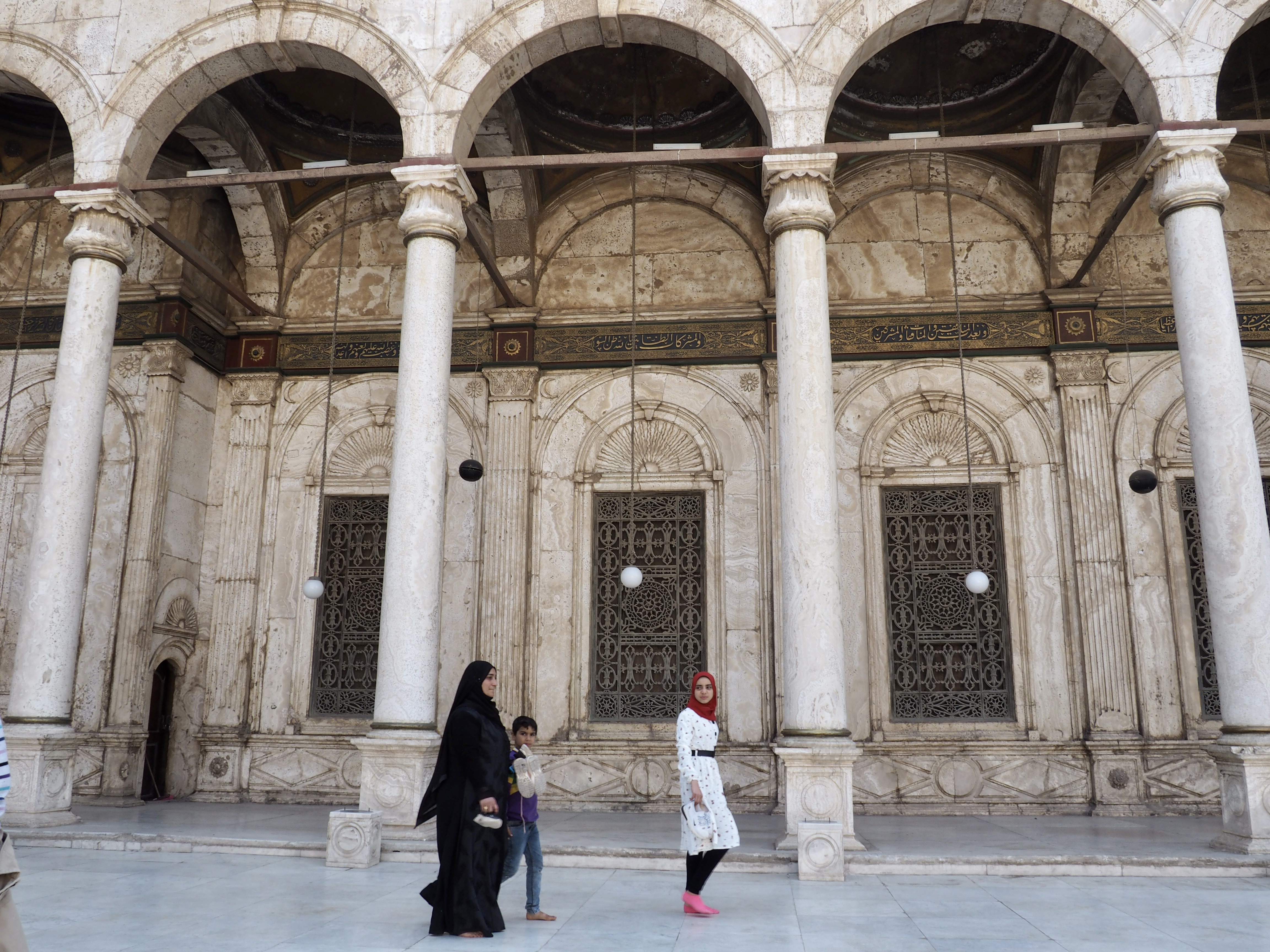

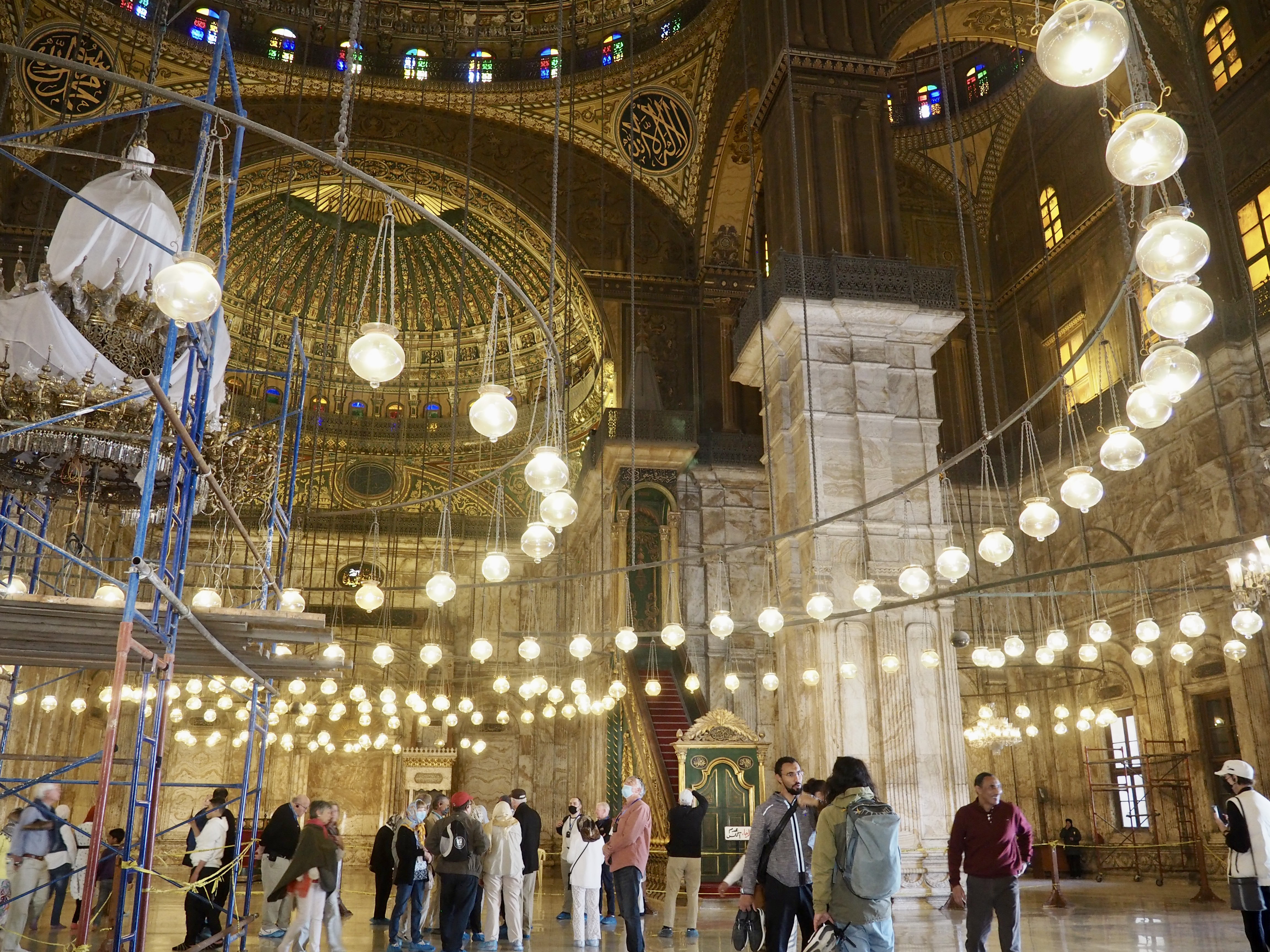


The Coptic Quarter

Before the founding of the city, before the Arab invasion and conquest of the 7th century, there were sizable settlements in what is now known as Cairo. Among them, a city significant enough for its Bishop Cyrus to participate in the Second Council of Ephesus in 449. Christians were well established in Egypt, thanks only in part to the sponsorship of Rome, and continue today to comprise about 10% of the population.
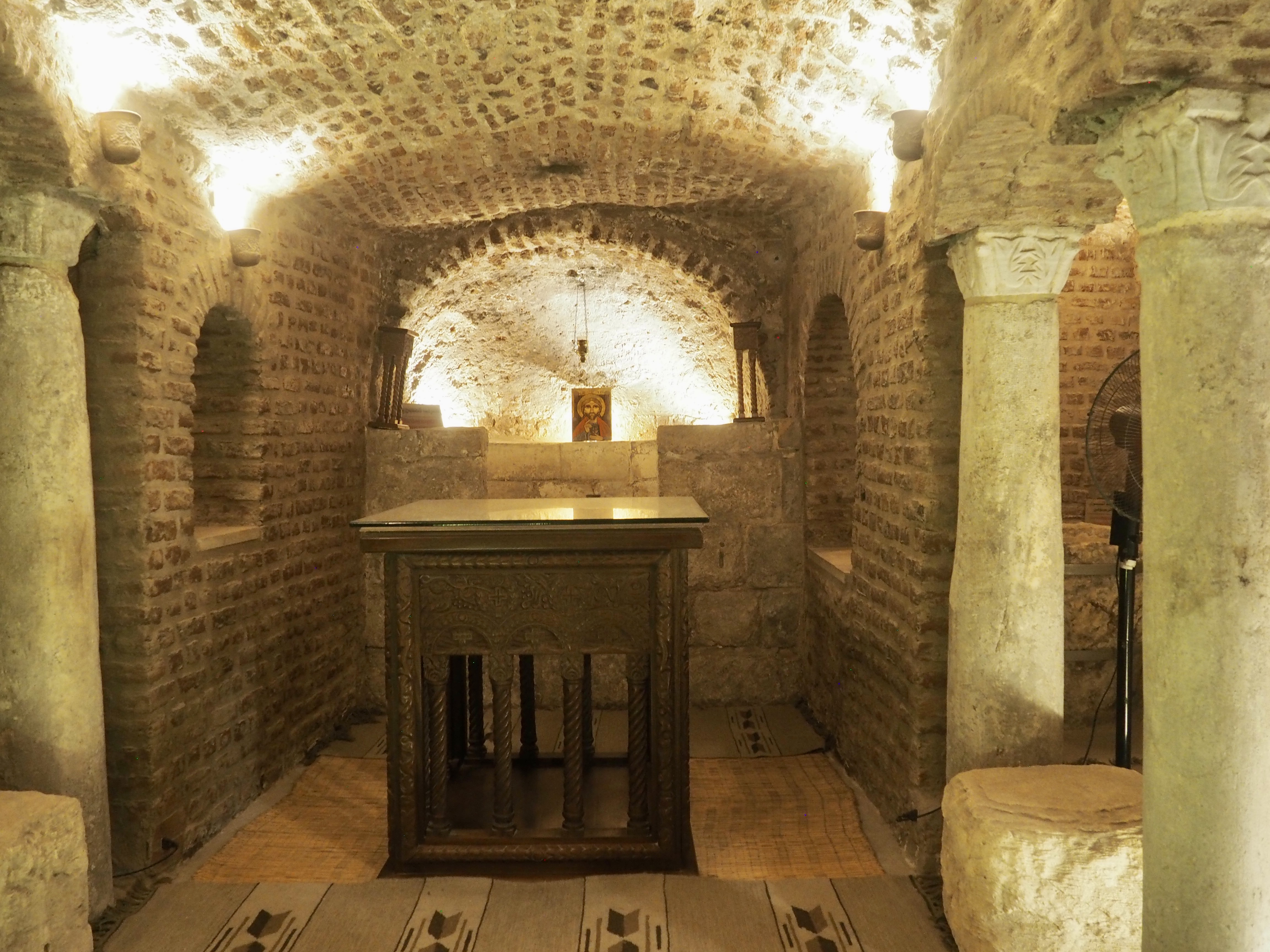

There is a cave underneath Abu Serga, one of the oldest churches in Egypt (4th century), that is said to have sheltered the Holy Family when they fled to Egypt with the midwife who witnessed the birth, tracing a legendary path through ancient Heliopolis. All this being new to us, we were reminded of our Jerusalem guide’s reminder that it’s important to honor both fact and faith.

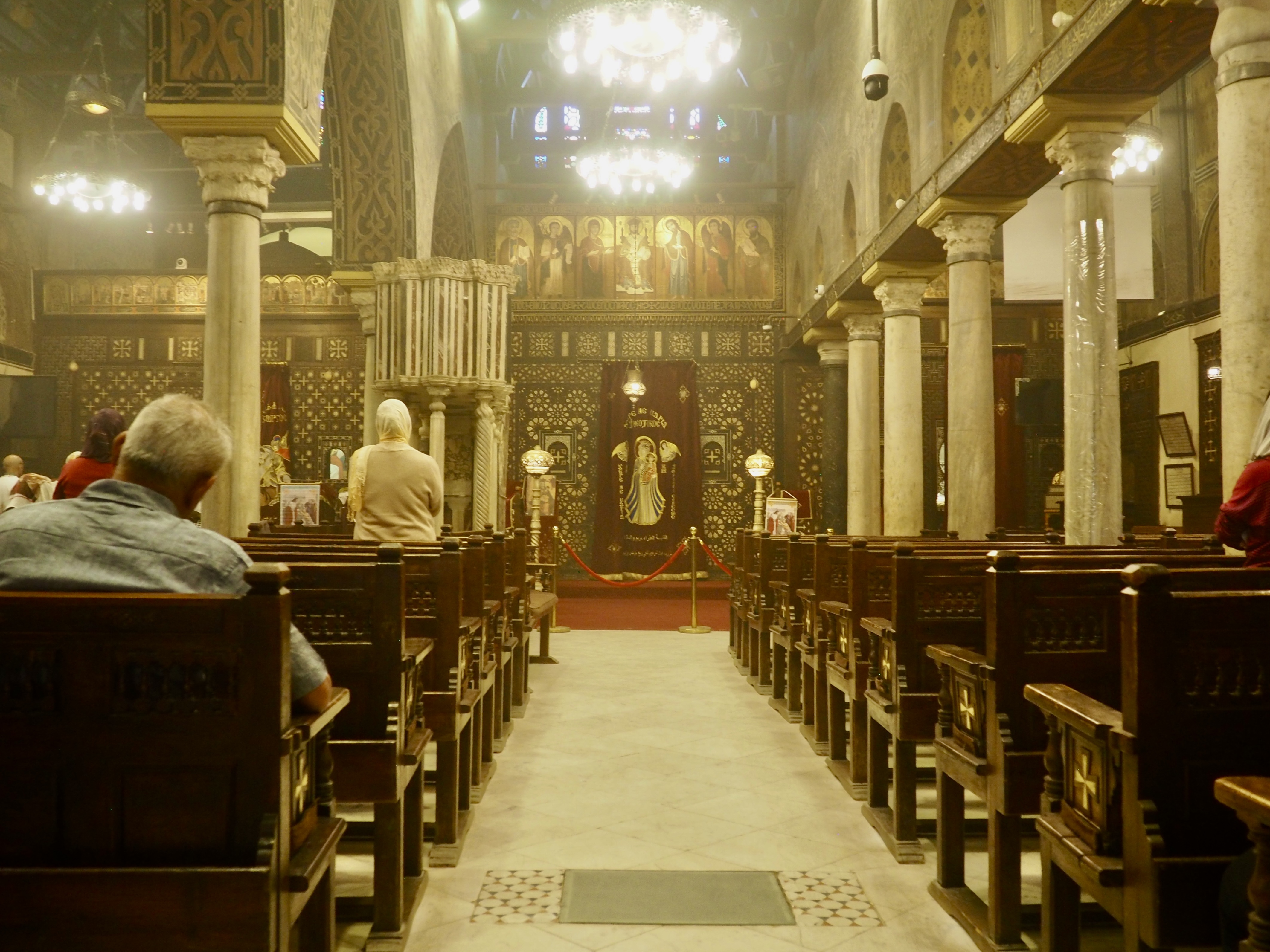

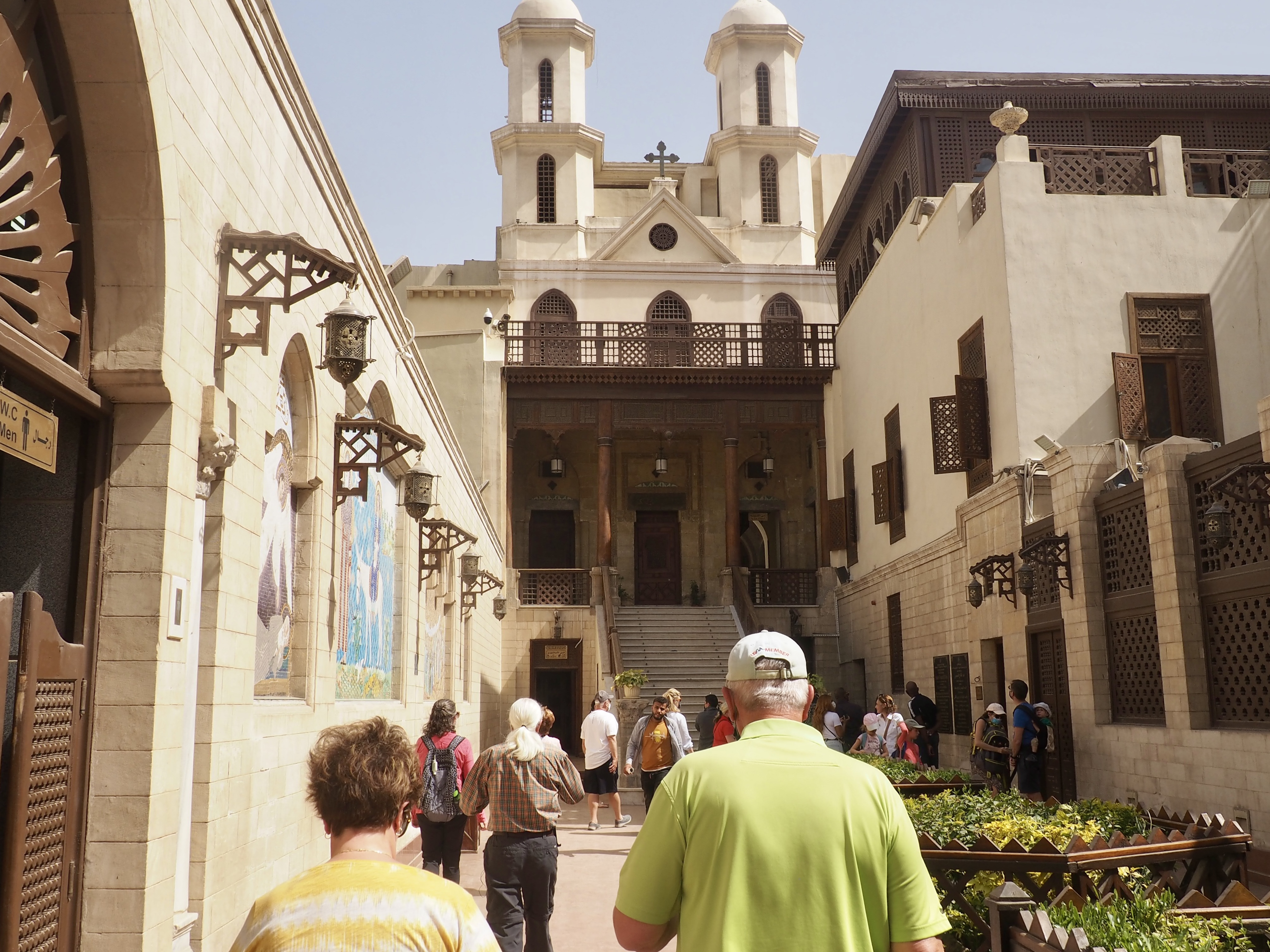
With its beginnings in the 3rd century, the Hanging Church is also one of the oldest in Egypt. The existing structure likely dates from the late 7th century and was built over a gatehouse of the Babylon Fortress whose origins are variously dated to either the 19th or 16th century BC. The Church became the seat of the Patriarchate when it moved from Alexandria in the 11th century, so it is the residence of the Coptic Pope.


On the left, above, you can see walls of the Babylon Fortress gatehouse over which the Church was built, as well as the considerable height at which it is perched. The photo on the right shows a portion of the ceiling in the Church that is designed as the interior of Noah’s Ark.

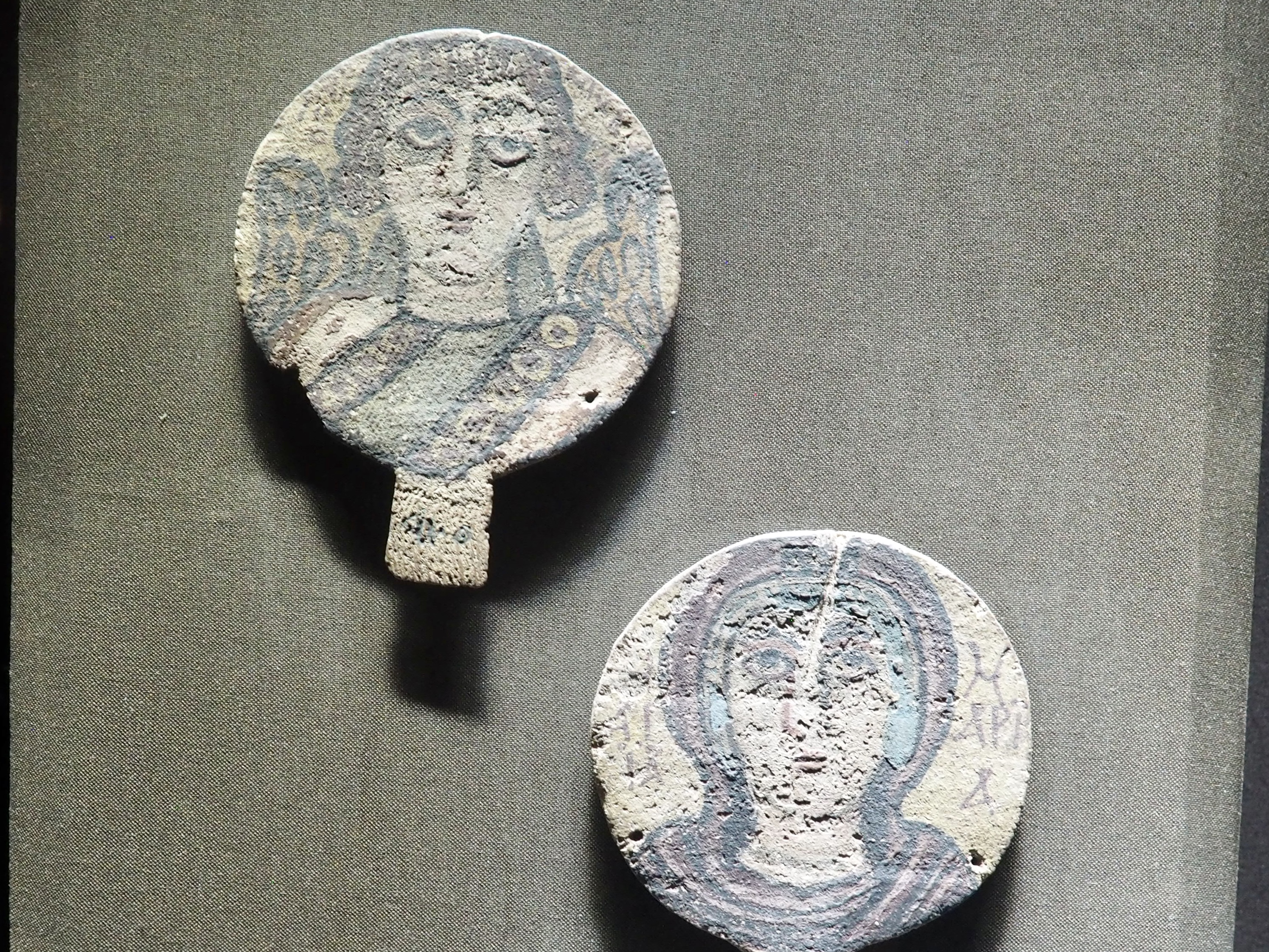
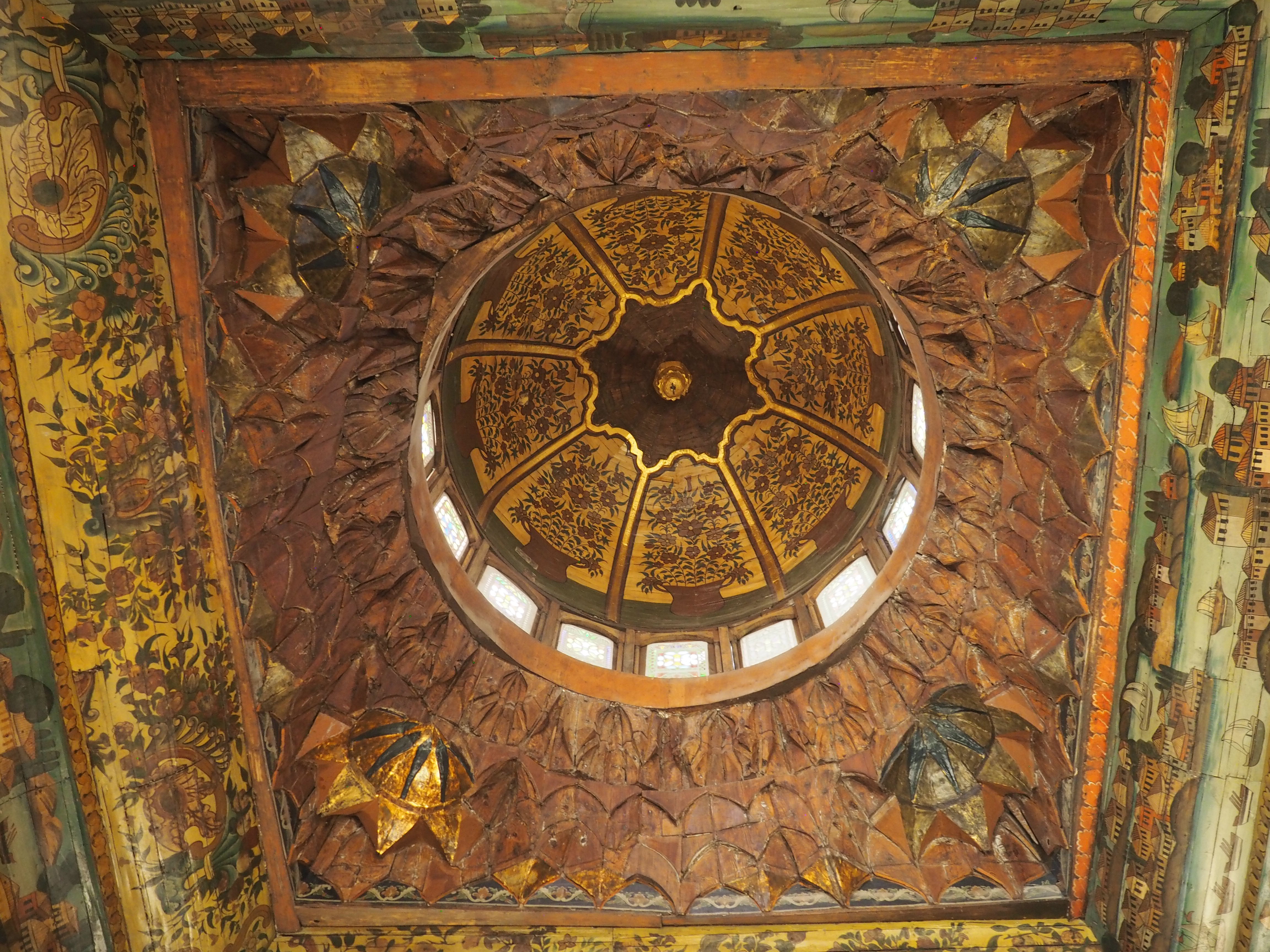
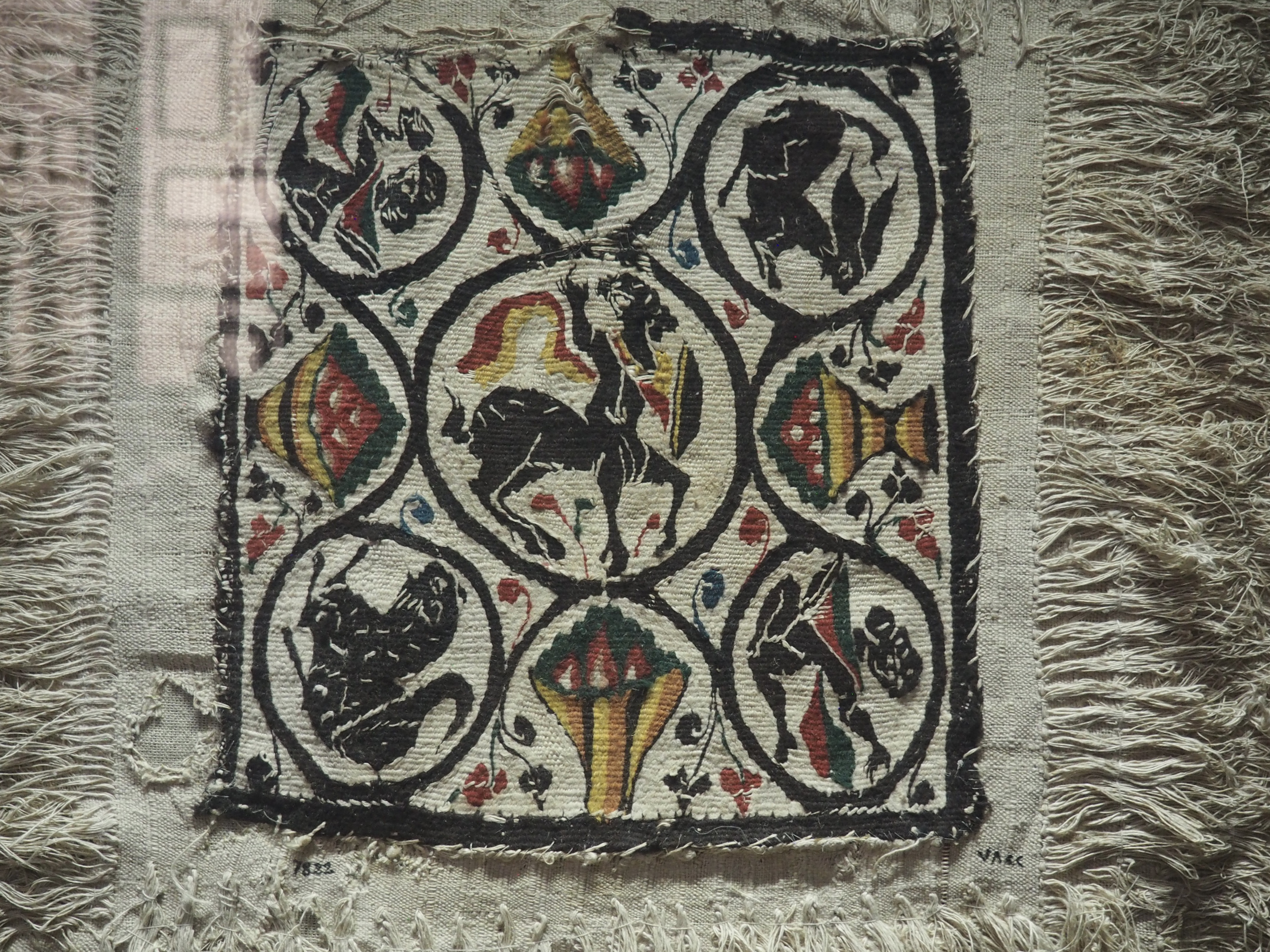

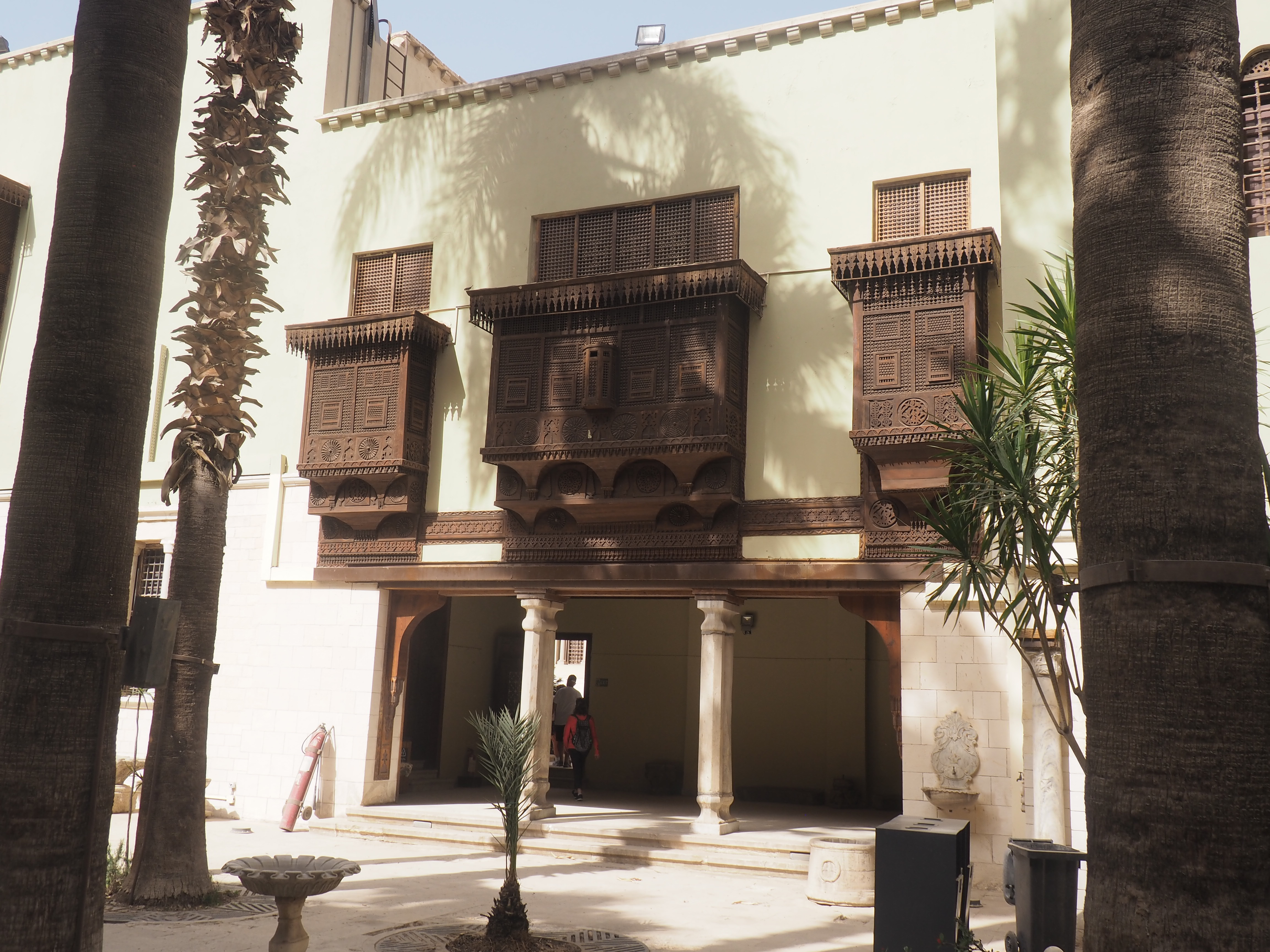
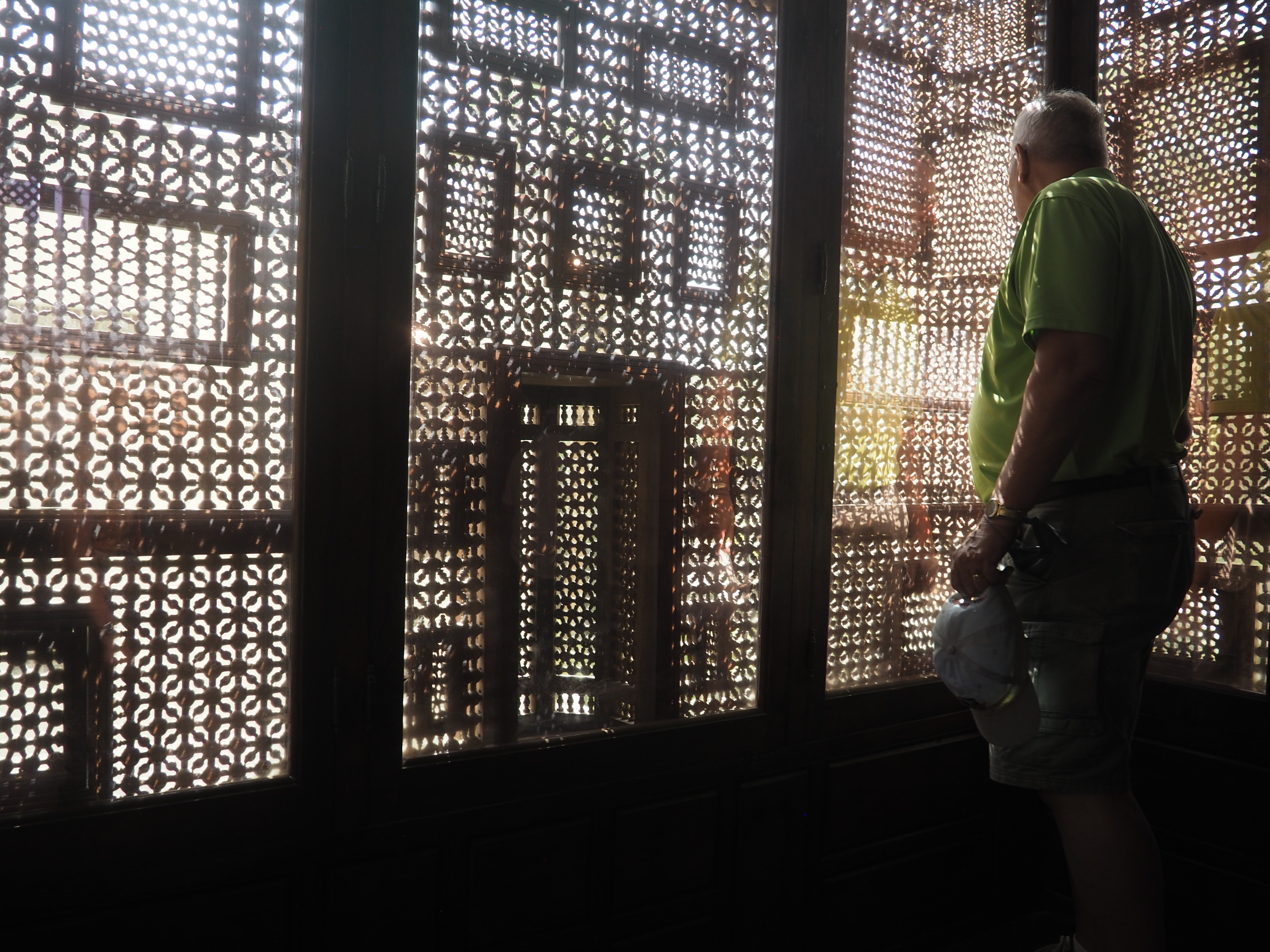

The Coptic Museum houses the world’s largest collection of Coptic art and artifacts, the holdings of the Egyptian Museum having been transferred to it upon it becoming a state museum in 1931. Mashrabiyas, a classic feature of grand old houses in Cairo, began as a feature of Coptic churches. They allow for the passive cooling of air and also provide privacy from the street, allowing you to observe the world unobserved.
We were unable to visit Ben Ezra Synagogue (from the 9th century) because the congregation has closed it for repairs. Once the home to a large Jewish community, most have left Egypt for Israel or the United States.
Food!







With very little “free time” from our touring, we took advantage of the opportunity to strike out on our own and find a restaurant recommended by our guide (Le Pasha 1901). It’s on an island in the Nile – Zamalek – and was within walking distance of our hotel. So, we set out to master wading through Cairo traffic while crossing the street. We paid someone $1 to get us from one side of the road going over a bridge to the other and from that gained the confidence to just stick out our arms and move through it all (it was money well spent). We thoroughly enjoyed the restaurant and the food and were befriended by an Egyptian-American with helpful menu recommendations.
The Egyptian Museum

Bulging with artifacts, the Egyptian Museum is reason enough to go to Egypt. Although many masterpieces of the ancient world are housed in western museums, there’s a staggering amount right here in Cairo. Plus, the Egyptian Museum has what the west doesn’t have in its collections – cabinets full of the items of day to day life from thousands of years ago.

The world’s first historical document, the museum has located a reproduction of the Narmer Palette near the original so that blind people may experience it. Happily, that also makes it a lot easier to share with you in a photograph because it’s not under glass. From the 31st century BC, the palette (a ceremonial object for grinding the cosmetics used to freshen up statues of deities, maybe in the area formed by the entwined necks) commemorates the unification of Lower (Northern) and Upper (Southern) Egypt and the power and prestige of King Narmer. This is a very early example of the conventions of Egyptian art having developed and contains some of the earliest known hieroglyphic inscriptions. And, yes, the original is in remarkably good condition, especially for an object that’s 5,000 years old.
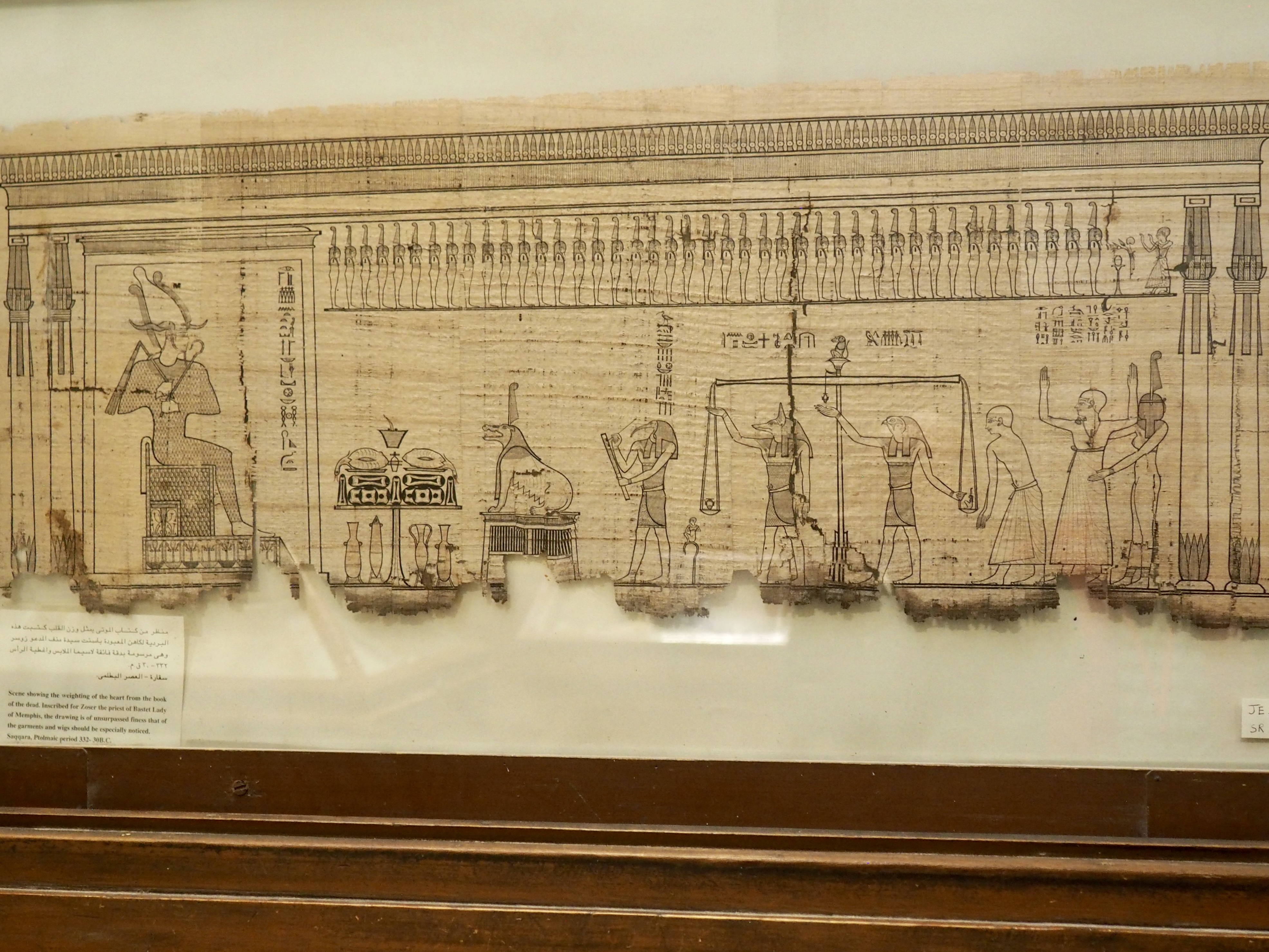
The cycles of life and death, facing final judgment after death, and the promise of resurrection were of tremendous concern to the ancient Egyptians. Here, the heart of the deceased is weighed against a feather.

The inventor of monotheism, Akhenaton was obsessed with the oneness of creation and of being, making this gender-fluid likeness of himself which he commissioned intriguing as a possible attempt to portray himself as an embodiment of the oneness of male and female. He was, of course, intensely unpopular with the priestly class and his successors and his innovations did not outlive him.
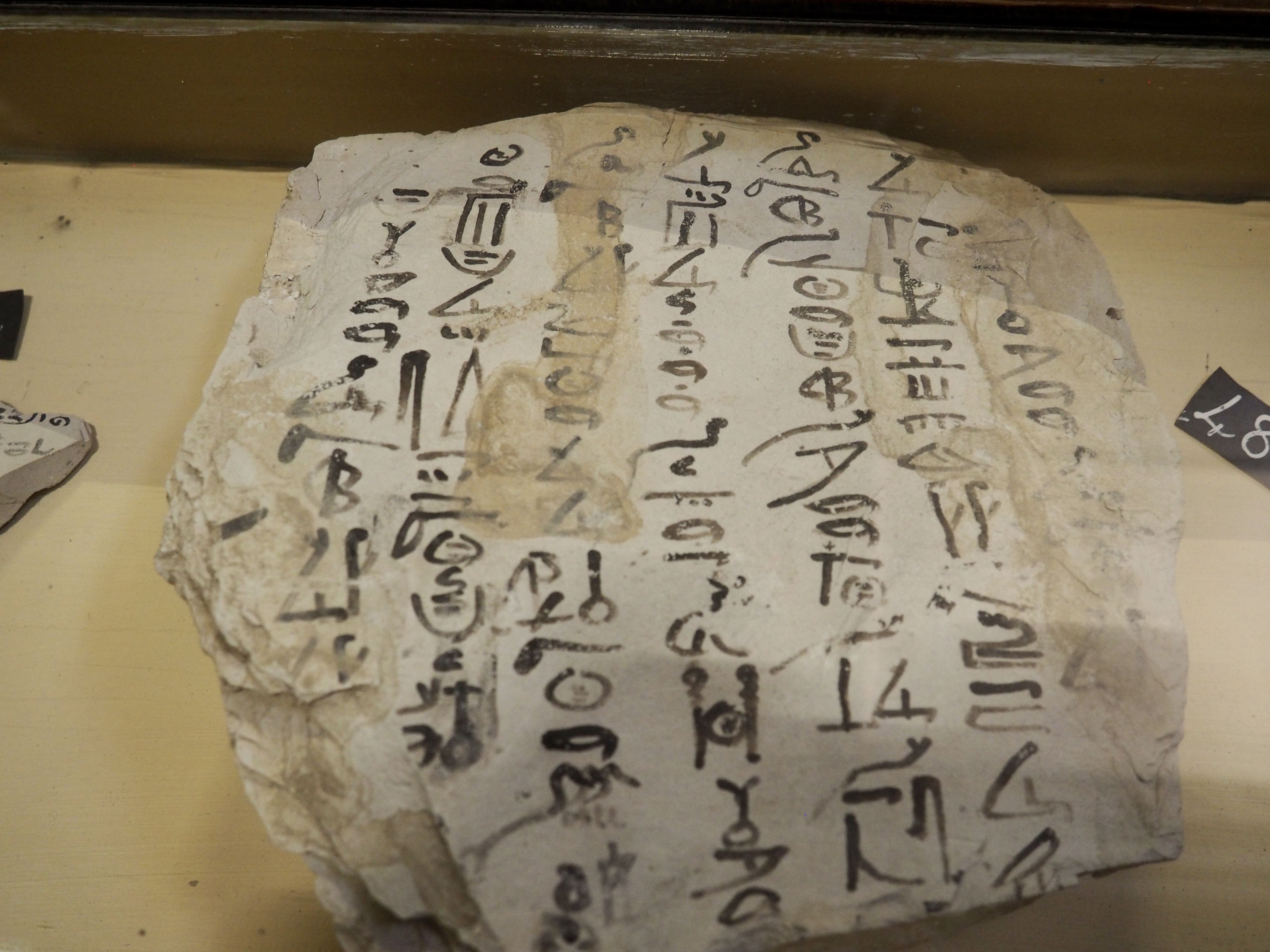
The written record from ancient Egypt is extensive and not all of it is on the walls and ceilings of temples and tombs or on papyrus scrolls left for the edification of the deceased. People would also write on random bits of pottery or stone and write of their day to day lives and what was important to them. This extensive written record is what has brought ancient Egypt to life, while other civilizations have been left unable to speak to us.


wow! seems like quite the trip, and much more to see!